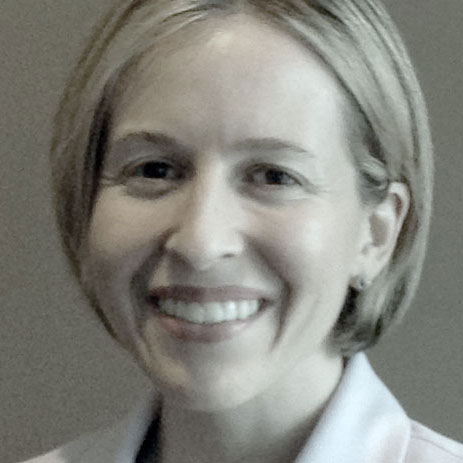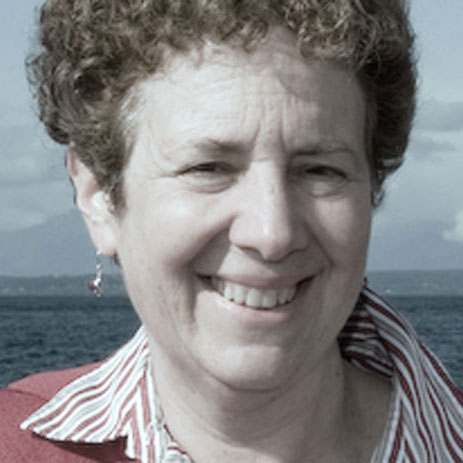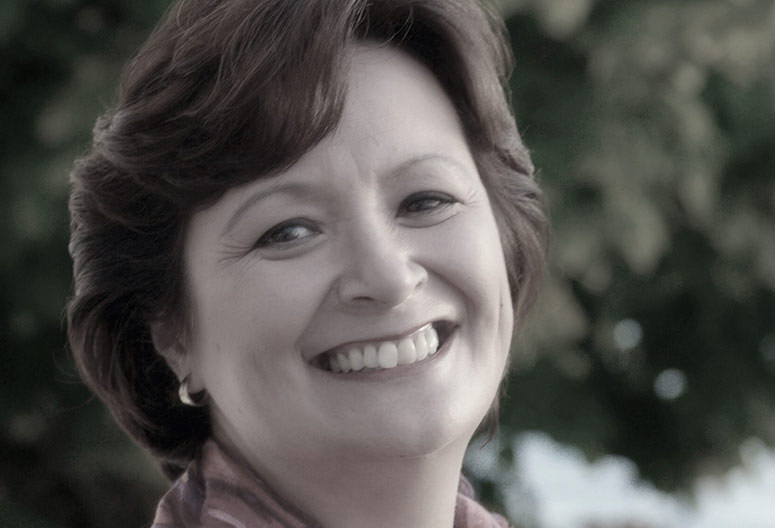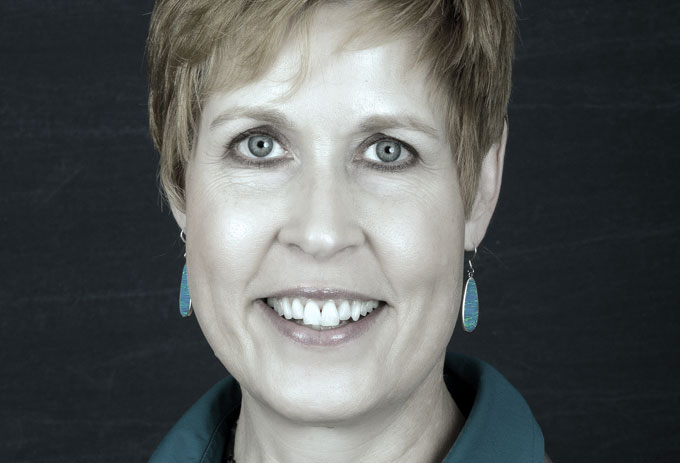Guide to Getting Started with Giving by Sara Hopper
Guide to Getting Started with Giving
by Sara Hopper
We recognize that many people are looking to dip their toes in philanthropy, but aren’t sure where to start. To help launch this process, and answer some of those early questions, Sound Philanthropy has developed a series of simple guides. We hope that you find them helpful.
Step 1 – Understand the Foundation of a Giving Plan
A giving plan starts with the exploration of personal and shared family values, issue areas and motivations. These guide the purpose of the philanthropy and are reflected in the guiding principles, and the vision and mission statements.
Your giving plan might include one or all of the following guiding statements:
Values Statement
Also called guiding principles, these values reflect the core principles that ground an organization. A values statement is a list of characteristics to describe how your giving will be done and to which your giving will aspire, such as: collaboration, compassion, integrity, passion, innovation, stewardship, etc.
Vision Statement
A description of what the ideal or desired future would look like. The vision statement answers the question, what would a better world look like? The vision statement open begins with language like “I envision…” and is typically 10 words or less.
Mission Statement
If a vision statement speaks to the future, the mission statement is about the present by describing what your giving will do today to achieve your vision. A mission statement is a brief expression of the organization’s purpose and answers the questions why do we exist? and what do we do, at the most basic level?
Step Two – Ask the Right Questions
These questions are designed to start to generate the critical, intentional, and careful thinking that creates a framework for a successful giving plan.
Questions to ask to understand your motivation for giving:
Why am I giving? (Consider reasons related to family, faith, legacy, life experience, giving back.)
In my experience, where have I found the most fulfillment in giving?
How do I hope to grow or benefit from this experience?
How do I hope others/loved ones will grow or benefit from my giving experience?
Questions to ask to establish a structure for your giving:
Who will be invited? (What qualities/qualifications must a family member possess to be eligible to participate?)
How will roles be defined and responsibilities allocated?
What is the budget and how much time will participants need to commit to family giving, should they choose to be involved?
How will we make decisions?
Questions to ask to help you choose a giving vehicle:
(non-financial/non-tax)
How will this vehicle provide a platform for me to achieve my goals related to giving strategy and family involvement?
Are the legal structure, and/or level of autonomy of this vehicle in line with my personality, and goals for family involvement and legacy?
Step Three – Action Plan
Now that you understand the foundation of a giving plan, and have a sense of your own motivation and goals, you are ready to start the conversations about how it will work.
1. Craft your mission and vision statements
Using sets of values and issue area cards, identify and define your top five values and issue areas and compare these to the top values/issue areas chosen by your partner or other family members. Discuss how you define your values/issue areas, and how these are reflected in your life. Try draping mission and vision statements that reflect your shared values/interests.
2. Launch a discussion about who is involved
Start the discussion on how you want your family giving to happen in a practical sense. Individually answer questions related to your motivations, desired “structure” or philanthropy, and legacy, and then come together to talk about the responses.
3. Get to know the work in your interest areas
Based on your identified interest areas, plan and schedule an “Exposure Tour” of organizations working in those interest areas, to learn more about the needs, to identify effective ways to help, and to guide the development of criteria for your giving.
Step Four – Get educated
Meaningful philanthropy is a process and I highly recommend the following resources to help inform and guide your giving.
Inspired Philanthropy: Your Step-by-Step Guide to Creating a Giving Plan and Leaving a Legacy
Written by Tracy Gary, Suze Orman and Nancy Adess
This newest edition of the classic book shows how anyone can align and integrate values, passions, and dream dreams for their communities and families into their plans.
Philanthropy, Heirs & Values
Written by Roy Williams and Vic Preisser
This book describes how families are successfully using philanthropy to prepare their heirs for post-transition Responsibilities.
The Values Edge Kit
Created by Dennis Jaffe ($300)
The Values Discovery Process employs Values Cards to help an individual, couple, family or team define their Personal Values Pyramid, and then guides the creation of a Family or Team Values Statement.
TESTIMONIALS

There are many causes we care about deeply. Supporting them during our lifetimes brings us great joy. We know gifts we leave behind will make a meaningful difference in the lives of others and ensure the future strength of organizations that make for a better world.

Investing in the non-profit sector has been a rewarding part of my life – and I know both my community and my business are stronger today because of it. Joining with others to explore ways we can make our communities thrive today and long after I’m gone just makes sense!

My partner and I are proud to have named many non-profits in our will as part of our estate planning. These are the institutions that have nourished us, help save the lives of others, and protect the environment for generations to come. It is a privilege to carry our work forward!
OUR MISSION
Leave 10 aims to build better communities and transform as many people as possible into philanthropists by educating, inspiring and encouraging individuals to aspire to leave at least 10% of their estate to charity.




